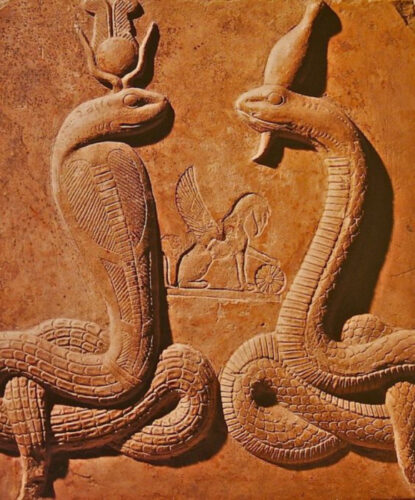
Snakes have long been revered and worshipped by many cultures around the world. From the ancient Egyptians who saw the cobra as a symbol of royalty and divine protection, to the Hindu god Shiva who is often depicted with a serpent coiled around his neck, snakes have played a significant role in mythology and religion. Archaeological discoveries on the revered snake have unveiled ancient secrets of snake worship, shedding light on the beliefs and practices of our ancestors.

Over 30 archaeological discoveries have been made that relate to the revered snake. These discoveries span across different time periods and geographic regions, from the Americas to Asia, and offer a glimpse into the varied ways in which snakes were worshipped and revered.

One of the earliest archaeological finds related to snake worship comes from the Indus Valley Civilization, which existed in what is now Pakistan and India from 2600 BCE to 1900 BCE. Archaeologists have uncovered artifacts depicting snakes in various forms, including pottery, jewelry, and sculpture. Some of these artifacts depict humans with snake-like features, suggesting a belief in shape-shifting or transformation.
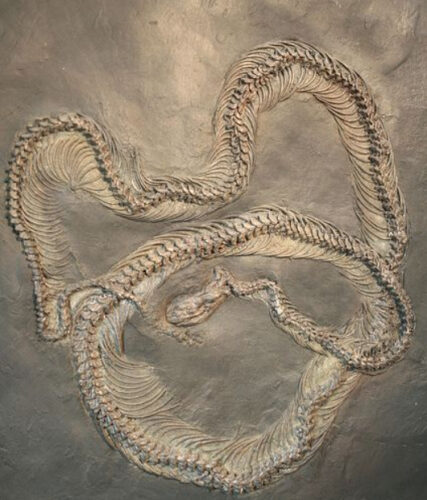
In ancient Egypt, the cobra was seen as a powerful symbol of royalty and divine protection. Archaeological discoveries have uncovered many depictions of cobras in Egyptian art and architecture, including the famous cobra-shaped headdresses worn by pharaohs. The cult of the snake goddess Wadjet, who was often depicted as a cobra, was also popular in ancient Egypt.
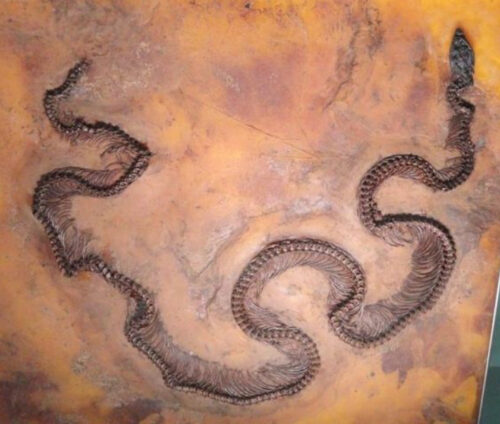
The Mayans of Central America also worshipped snakes, particularly the feathered serpent god Quetzalcoatl. Archaeologists have uncovered many depictions of Quetzalcoatl in Mayan art and architecture, including the famous Temple of the Feathered Serpent at Teotihuacan. The temple is adorned with serpent sculptures and depicts Quetzalcoatl as a benevolent deity who brought civilization to the Mayans.
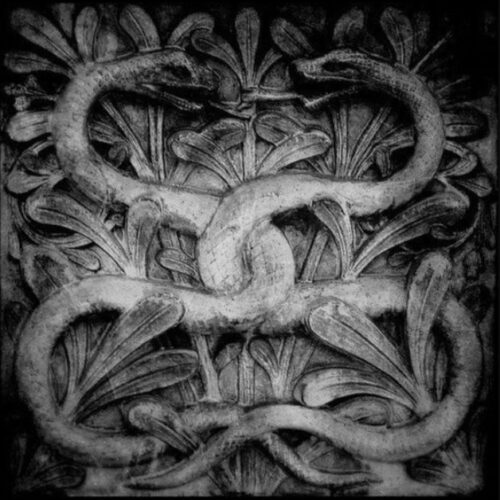
In Asia, the Chinese believed in the dragon, a mythical creature that was often depicted with snake-like features. Archaeological discoveries have uncovered many depictions of dragons in Chinese art and architecture, including the famous Forbidden City in Beijing. The dragon was seen as a symbol of power, strength, and good fortune.
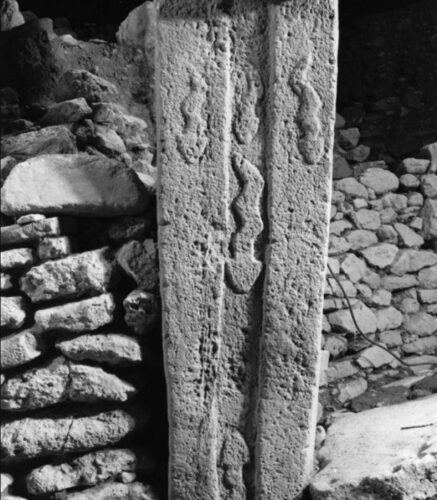
In India, the Hindu god Shiva is often depicted with a serpent coiled around his neck. The serpent is known as the nag and is seen as a symbol of power and protection. The worship of snakes, or nagas, is also common in Hinduism, with many temples dedicated to serpent deities.
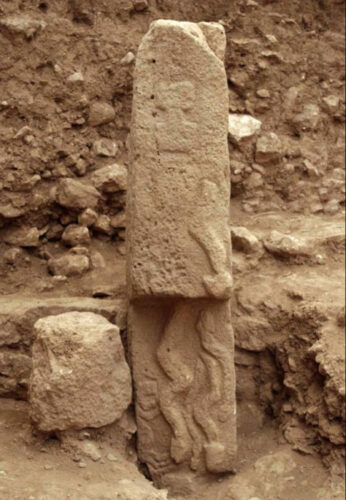
These are just a few examples of the many archaeological discoveries related to snake worship. These discoveries offer insights into the beliefs and practices of our ancestors, and show how snakes have played a significant role in mythology and religion across different cultures and time periods.
In conclusion, snakes have been revered and worshipped by many cultures around the world, and over 30 archaeological discoveries have shed light on the ancient secrets of snake worship. From the Indus Valley Civilization to ancient Egypt, the Mayans of Central America to China and India, snakes have played a significant role in the beliefs and practices of our ancestors. These discoveries offer a glimpse into the varied ways in which snakes were worshipped and revered, and show how snakes have played a significant role in human history and culture.




